When it comes to constructing a barn, one of the most critical decisions you’ll make is choosing the right roof style. The roof not only protects your barn from the elements but also plays a significant role in its overall functionality and appearance. In this article, we’ll explore the most common barn roof styles, their advantages and disadvantages, and factors to consider when making your choice, including roofing materials, roof shape, and the impact on useable space.
As a barn owner or someone planning to build one, understanding the different barn roof styles is essential. The roof is a fundamental component of your barn’s structure, and selecting the appropriate style can make a significant difference in its durability, efficiency, and aesthetic appeal. We’ll dive into the seven most popular barn roof styles in the United States, helping you make an informed decision based on your specific needs and preferences, whether you’re building a modern barn, a commercial barn, or a traditional farm building.
Gable Roof
The gable roof, also known as a pitched roof, is one of the most common types of barn roofs. It features two sloping sides that meet at a central ridge, forming a triangular shape at each end. Gable roofs are a popular choice for their simple design, cost-effectiveness, and excellent ventilation and water drainage.
Advantages:
- Easy to construct and maintain
- Allows for efficient water runoff and snow shedding
- Provides ample ventilation, reducing moisture buildup
- Cost-effective compared to more complex roof styles
Disadvantages:
- Not ideal for areas with heavy snow loads or high winds
- Limited attic space compared to other roof styles
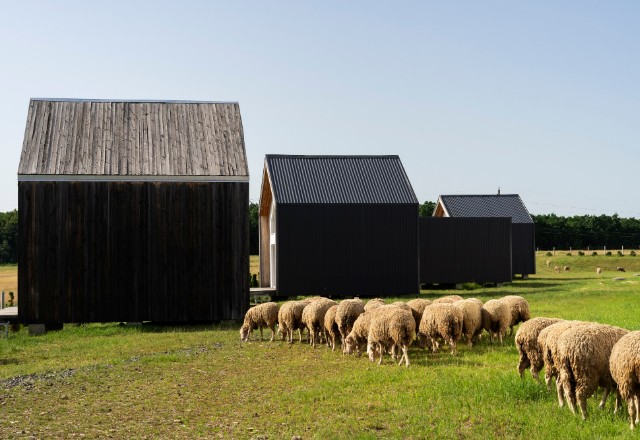
Gambrel Roof
The gambrel roof, often referred to as a barn roof, is another popular type of barn roof. It features two slopes on each side, with the lower slope being steeper than the upper one. This gambrel shape creates extra storage space beneath the roof, making it an excellent option for those who need additional storage or living space in their barn.
Advantages:
- Provides extra headroom and storage space
- Offers a classic barn appearance
- Allows for efficient water drainage and snow shedding
Disadvantages:
- More complex design compared to gable roofs
- Higher cost due to the increased materials and labor required
- May require additional support to handle heavy snow loads
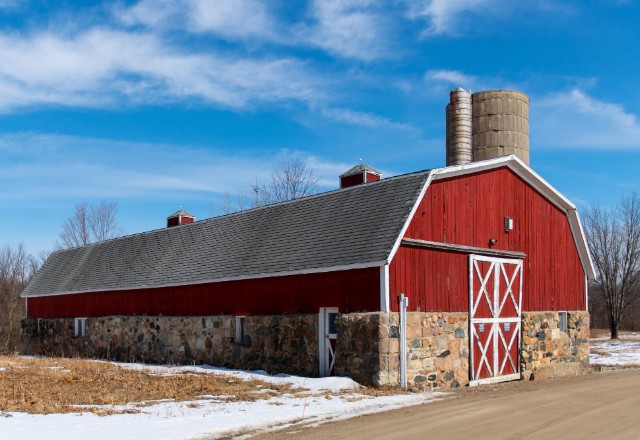
Hip Roof
A hip roof, also known as a hipped roof, has slopes on all four sides, which converge at a central ridge. This design makes the roof more stable and resistant to high winds, making it a good choice for barns in areas prone to severe weather conditions.
Advantages:
- Excellent stability and wind resistance
- Provides a streamlined, attractive appearance
- Allows for efficient water drainage
Disadvantages:
- More expensive to construct compared to gable roofs
- Reduced interior space due to the sloping sides
- More complex construction process
Shed Roof
The shed roof, also known as a lean-to roof, features a single slope that extends from one side of the barn to the other. This simple style of roof is cost-effective and easy to construct, making it a popular choice for smaller barns, pole barns, or additions to existing structures.
Advantages:
- Simple and cost-effective construction
- Allows for easy water drainage
- Ideal for smaller barns or additions
Disadvantages:
- Limited interior space due to the single slope
- Not suitable for large barns or areas with heavy snow loads
- May not be as visually appealing as other barn roof styles
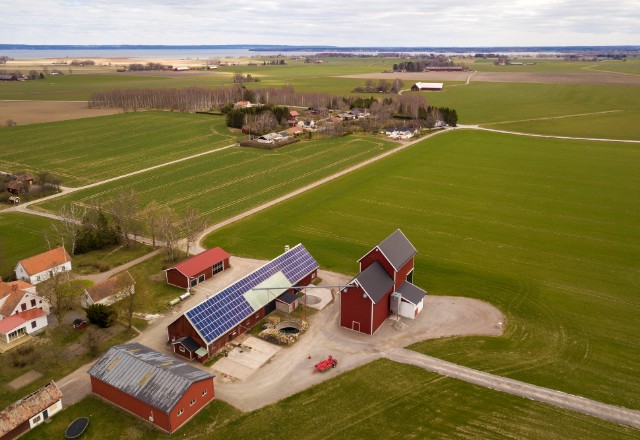
Monitor Roof
The monitor roof, also called a raised center aisle roof, features a central gable roof with two lower shed roofs on either side. This unique architectural style allows for excellent ventilation and natural light, making it a popular choice for livestock barns, such as dairy farms, and workshops.
Advantages:
- Provides superior ventilation and natural light
- Offers a distinctive and attractive appearance
- Allows for a spacious interior with high ceilings
Disadvantages:
- More complex and expensive to construct
- May require additional support for the raised center section
- Not as efficient for water drainage compared to other roof styles
Saltbox Roof
The saltbox roof is an asymmetrical style characterized by a short, steep pitch on one side and a longer, shallower pitch on the other. This unique design was originally used for practical reasons, such as maximizing space for storage or accommodating outdoor appliances like chimneys. Today, the saltbox roof style is a popular choice for modern barns and adds a distinctive architectural element to any farm building.
Advantages:
- Provides extra space for storage or living quarters
- Offers a unique and attractive appearance
- Allows for efficient water drainage
Disadvantages:
- More complex construction compared to symmetrical roof styles
- May require additional support on the longer, shallower side
- Not as common as other barn roof styles
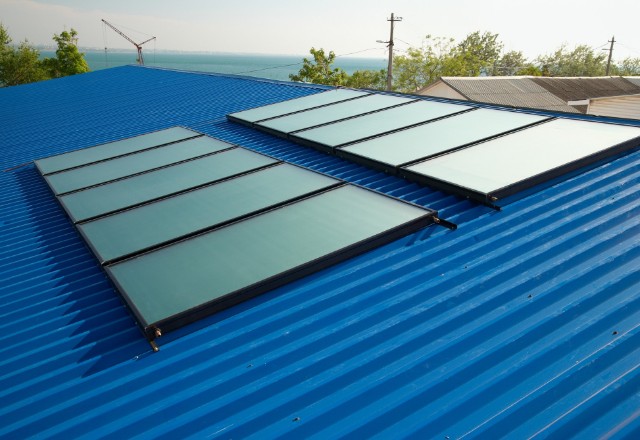
Bonnet Roof
The bonnet roof, also known as a kicked eave roof, features a slight pitch at the top and a steeper pitch at the eaves. This style is similar to the gambrel roof but with a less pronounced transition between the two slopes. Bonnet roofs offer a unique appearance and provide extra storage space, making them a popular choice for two-story barns and larger farm buildings.
Advantages:
- Provides additional storage space
- Offers a distinctive and attractive appearance
- Allows for efficient water drainage
Disadvantages:
- More complex construction compared to simple gable roofs
- May require additional support due to the varying pitches
- Not as common as other barn roof styles
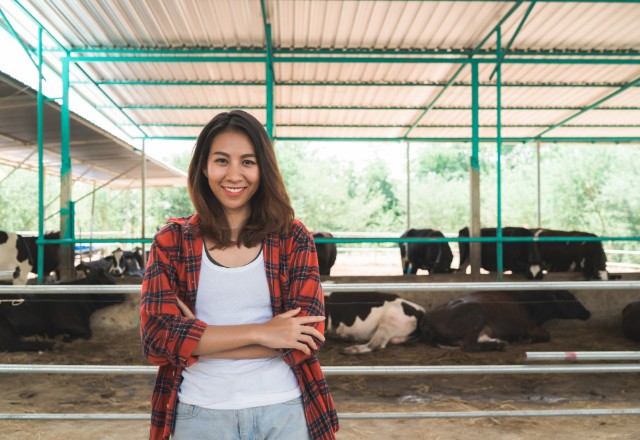
Factors to Consider When Choosing a Barn Roof Style
When selecting the best barn roof style for your needs, consider the following factors:
- Climate and Weather Conditions
- Snow load capacity
- Wind resistance
- Water drainage efficiency, especially in areas prone to heavy rainfalls
- Intended Use of the Barn
- Livestock housing, such as dairy farms
- Storage space for farm equipment or supplies
- Workshop or living space
- Roofing Materials
- Asphalt shingles
- Metal roofing or metal shingles
- Other materials suitable for your chosen roof shape and style
- Budget and Available Resources
- Construction costs
- Materials required
- Labor costs
- Aesthetic Preferences and Local Building Codes
- Personal style preferences
- Compliance with local regulations and zoning laws
- Maintaining the architectural style of the surrounding area or other buildings on your property
To help you compare the different barn roof styles, we’ve created a table summarizing their key characteristics:
Roof Style | Ventilation | Snow Load Capacity | Water Drainage | Cost | Complexity |
Gable | Good | Moderate | Good | Low | Simple |
Gambrel | Moderate | Moderate | Good | High | Complex |
Hip | Moderate | High | Good | High | Complex |
Shed | Poor | Low | Excellent | Low | Simple |
Monitor | Excellent | Moderate | Moderate | High | Complex |
Saltbox | Moderate | Moderate | Good | High | Complex |
Bonnet | Moderate | Moderate | Good | High | Complex |
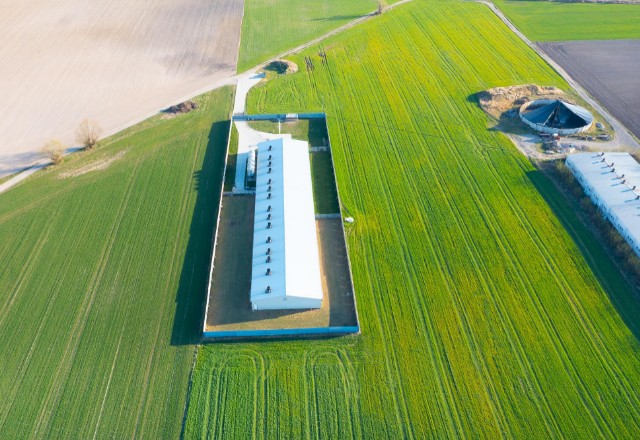
Maintenance and Repair Tips for Barn Roofs
Regardless of the barn roof style you choose, regular maintenance and timely repairs are essential to ensure its longevity and effectiveness. Here are some tips to keep your barn roof in top condition:
- Inspect your roof regularly for signs of damage, such as missing or cracked shingles, rust, or leaks.
- Clean your roof and gutters periodically to prevent debris buildup and ensure proper water drainage.
- Address any issues promptly to prevent further damage and costly repairs.
- Consider applying a protective coating or sealant to extend your roof’s lifespan and improve its resistance to the elements.
- Consult with a professional roofing contractor for major repairs or replacements to ensure the job is done correctly and safely.
Conclusion
Choosing the right barn roof style is a critical decision that requires careful consideration of your specific needs, preferences, and local conditions. By understanding the advantages and disadvantages of each style and weighing the factors that matter most to you, such as roofing materials, roof shape, and the impact on useable space, you can select the best roof for your barn. Remember, investing in a high-quality, well-maintained roof will protect your barn and its contents for years to come.
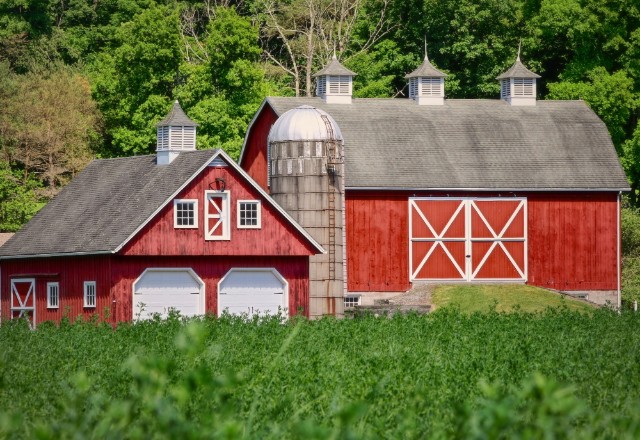
Frequently Asked Questions (FAQ)
What is the most durable barn roof style?
Can I mix and match different barn roof styles?
How often should I inspect my barn roof?
What is the most common roofing material for barns?
How does the roof shape affect the interior space of a barn?
CONTACT US



 509-201-4190
509-201-4190
